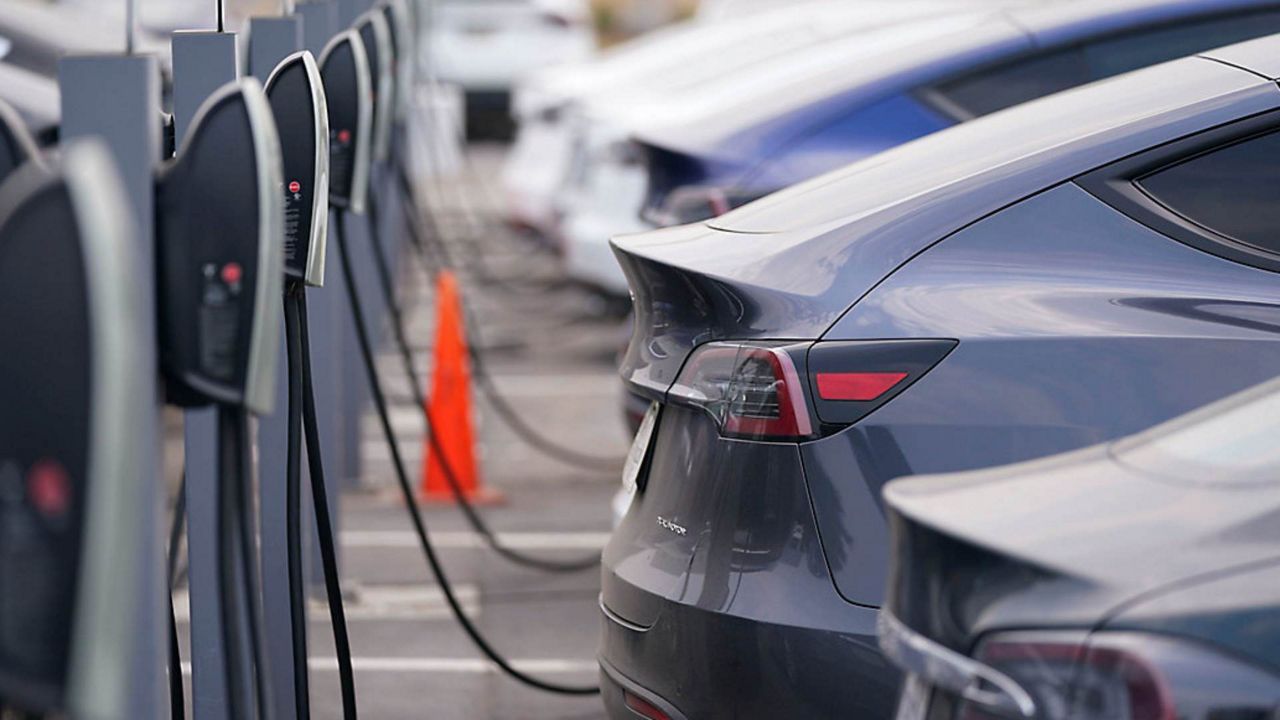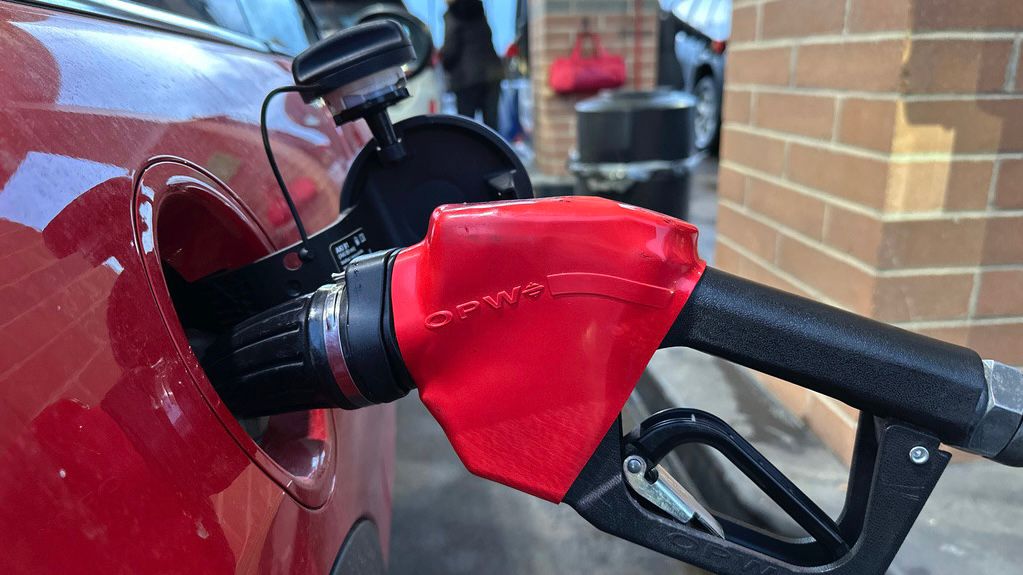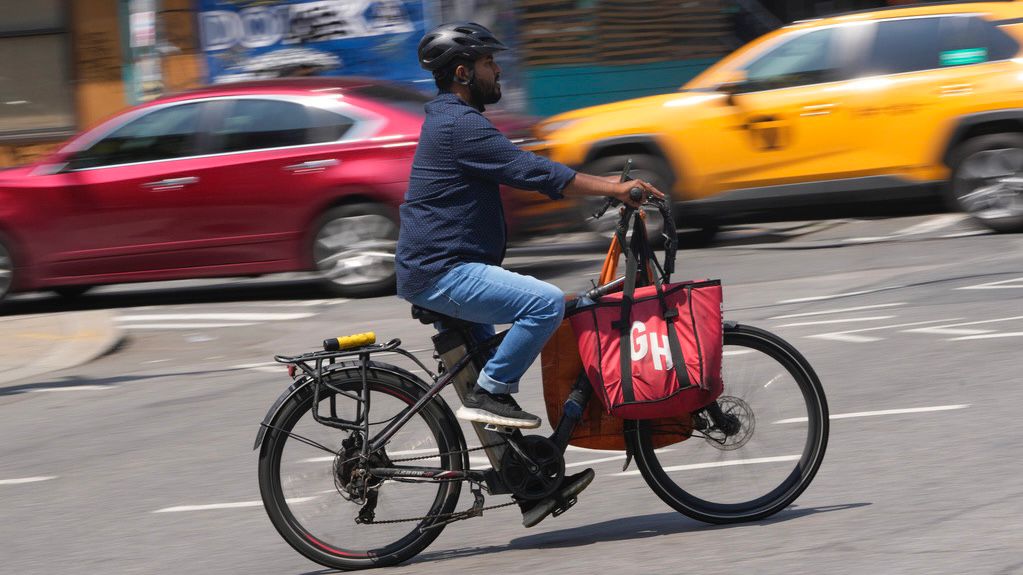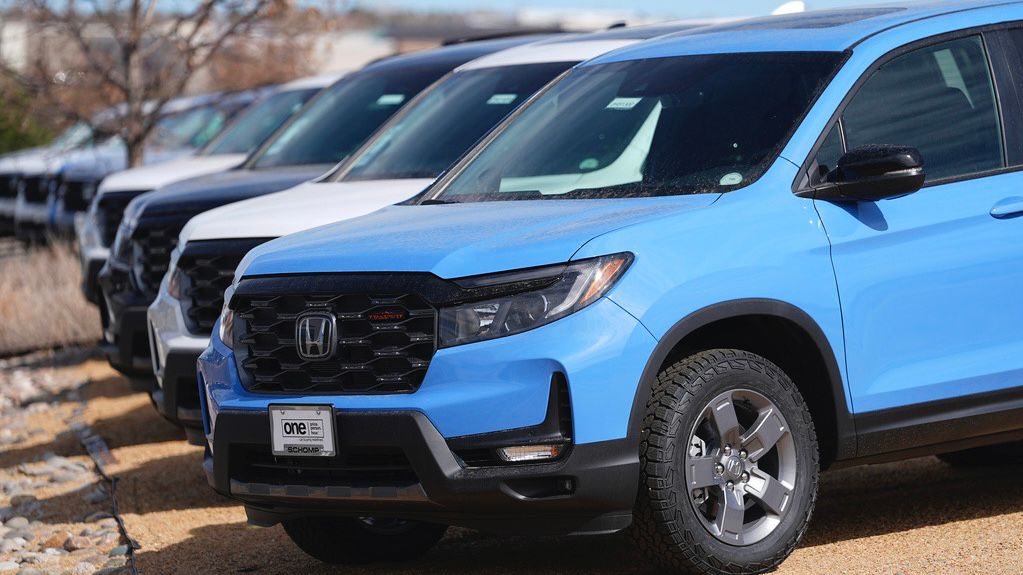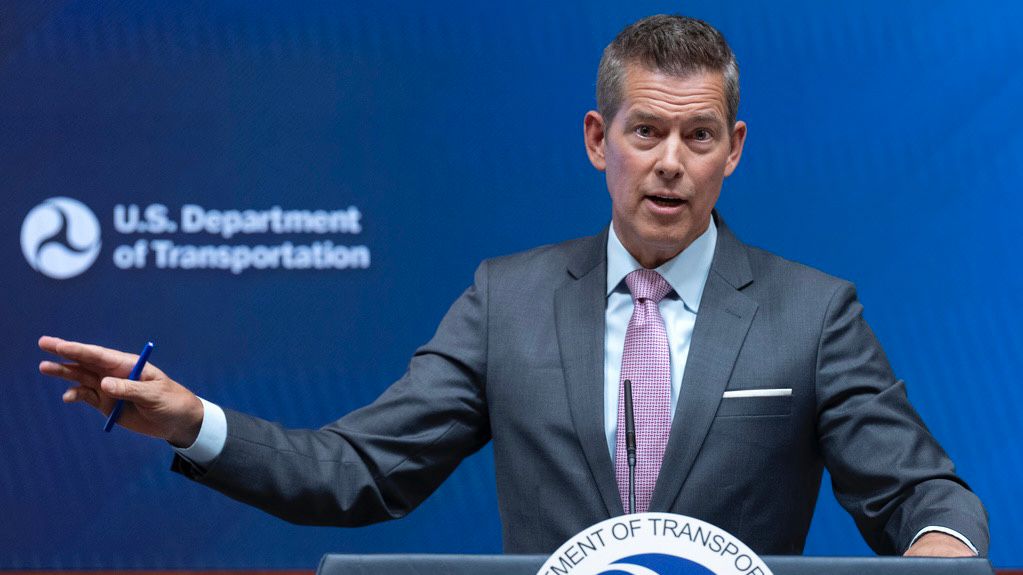Electric vehicles now make up almost 10% of new vehicles sales nationally. In the second quarter, automakers sold 386,000 EVs, including battery-electrics, plug-in hybrids and fuel-cell electric vehicles, the Alliance for Automotive Innovation announced Wednesday.
EV sales were up 0.6% compared with the first quarter and almost 1% more than a year earlier to reach their highest percentage on record. The market share of vehicles powered with internal combustion engines fell 3.8% during the same period, replaced by increasing EV sales.
Traditional, non-plug-in hybrids accounted for the largest share of electric vehicles sold, followed by battery-electrics and plug-in hybrids over the past 8-1/2 years.
The market is driven by more variety and falling prices, according to the alliance. There are now 20 cars, 38 utility vehicles, 5 pickup trucks and 5 vans available as pure battery-electrics and 17 cars, 29 utility vehicle and 1 van available as plug-in hybrids.
The average transaction price of an EV in the United Staes, before incentives, fell from $57,405 in January to $56,371 in June. Still, EV transaction prices were about 16% higher than the average for other light-duty vehicles in June.
California continues to rank first in the nation for EV sales, with 27% of new vehicle registrations in the second quarter being electric. Colorado (19.43%), the District of Columbia (19.35%), Washington (17.87%) and Oregon (15.97%) rounded out the top five.
Seven states saw EV sales fall in the second quarter. Delaware saw the largest decrease in EV sales (-2.7%), followed by Washington, Oklahoma, Hawaii and Montana.
The Get Connected Electric Vehicle Report said public EV charging is lagging increased EV ownership. The number of public EV chargers increased 6% in the second quarter compared with the first quarter of the year even though the number of EVs on the road increased by 8%.
For every new public charging port that opens, 38 new EVs are sold.
Eight to 12 EVs per public charging point is the ideal ratio for most areas to make charging easy and seamless, according to a study from Here Technologies and SBD Automotive last month.
The alliance said 451 new EV chargers need to be installed every day through the end of 2030 to meet the rate of EV adoption.






